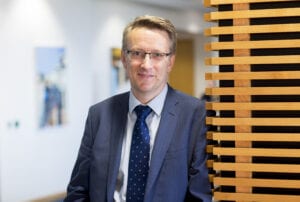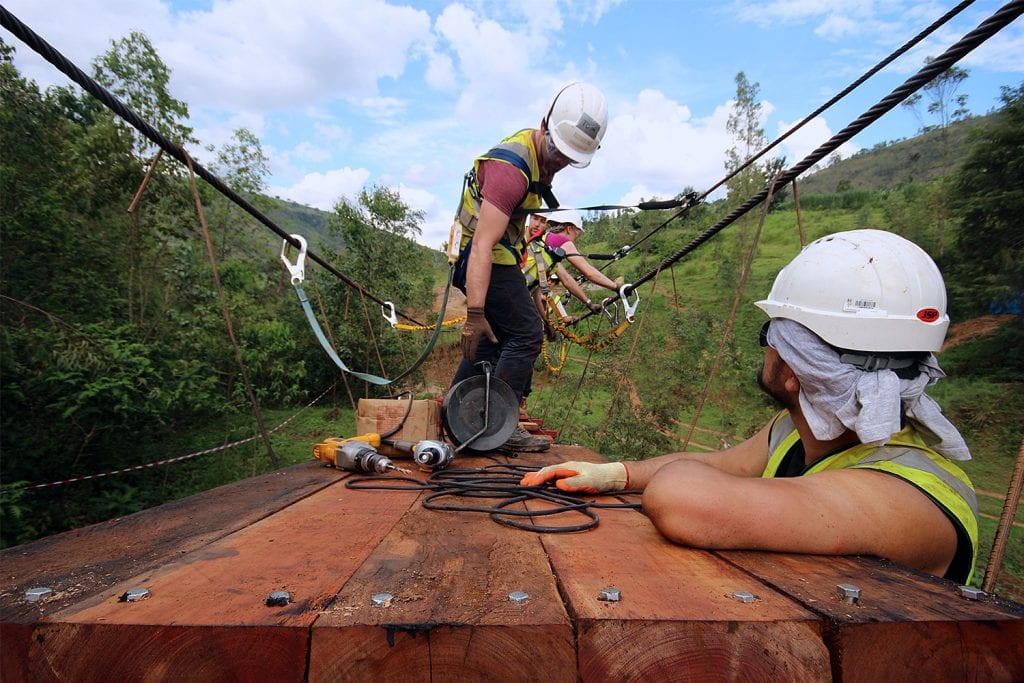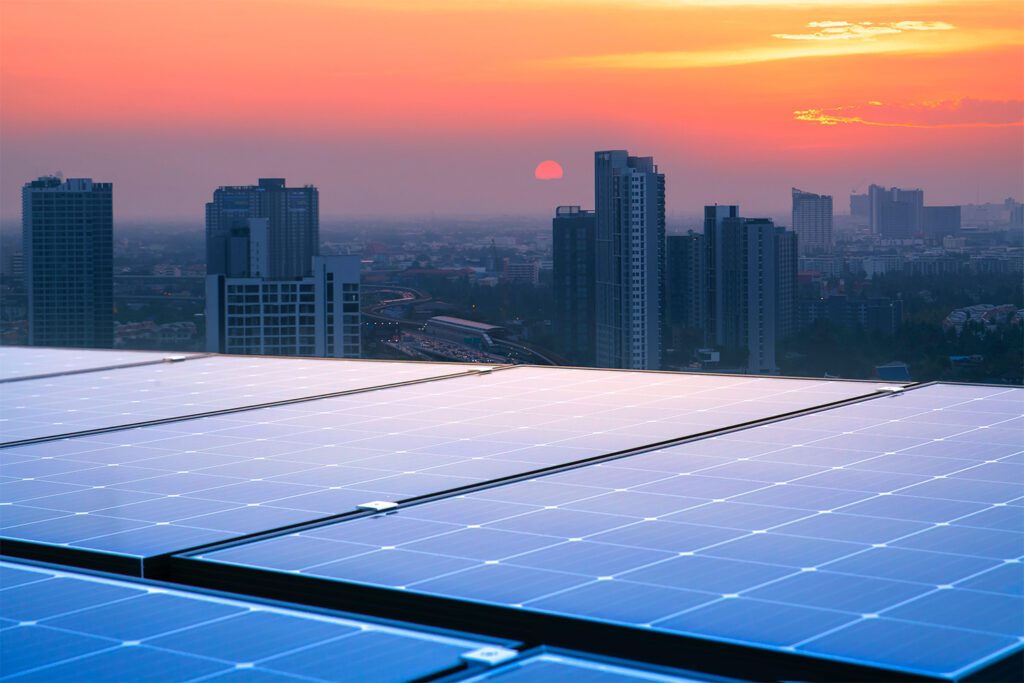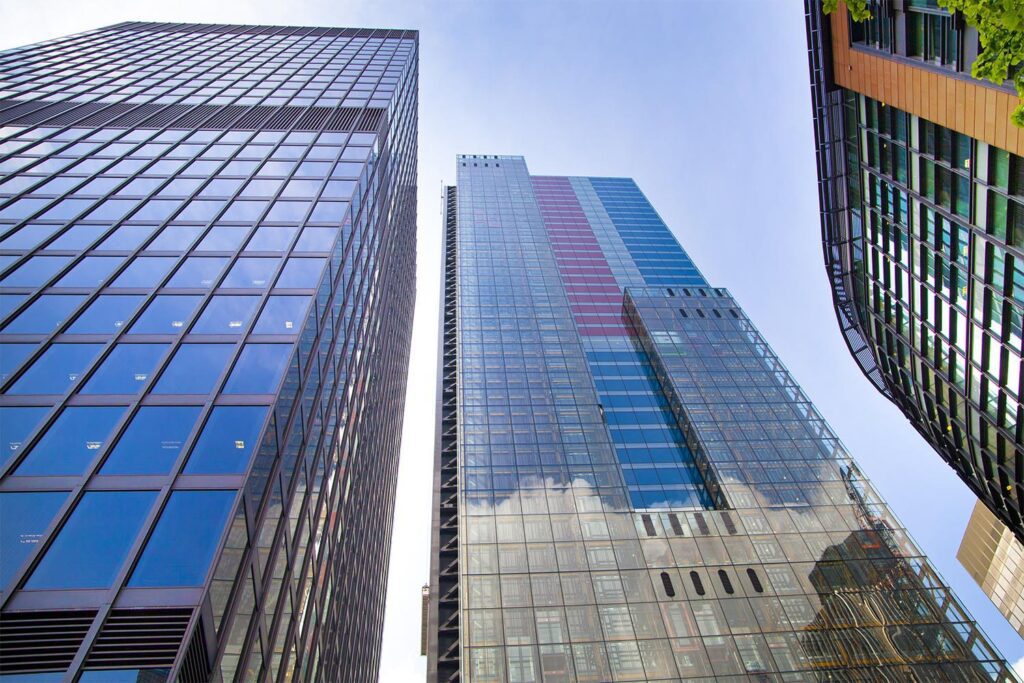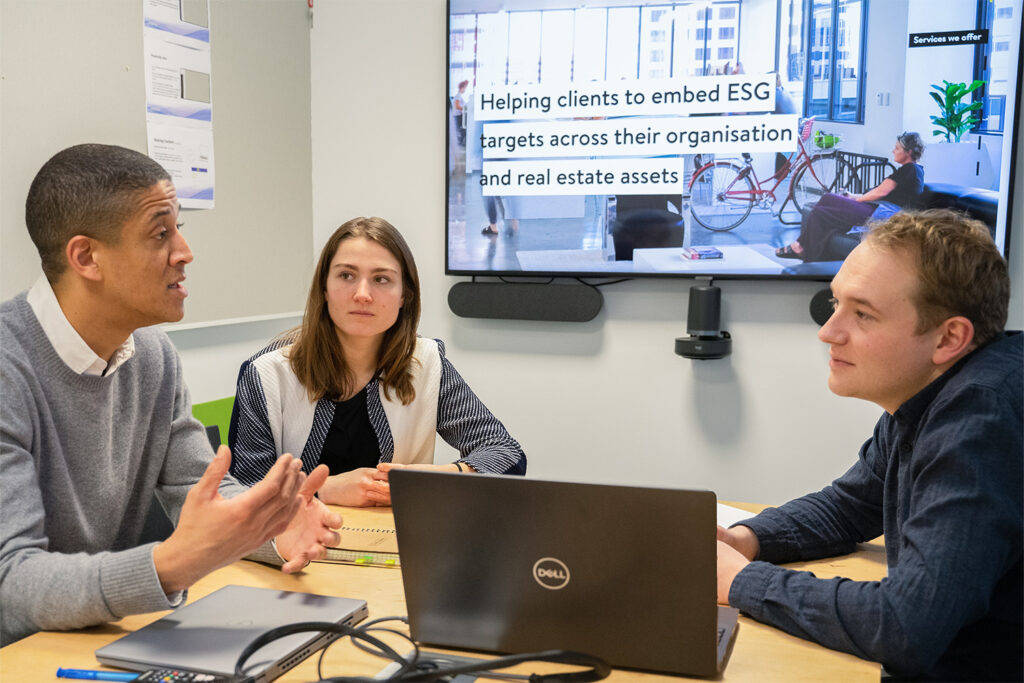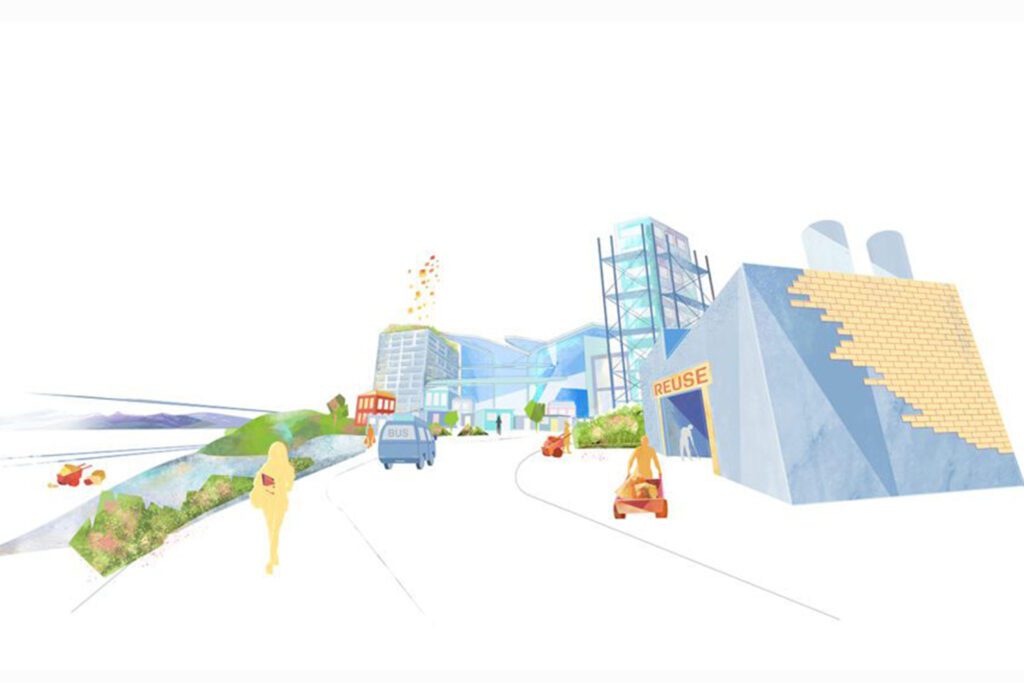Bridging the gap
The village of Kanyarusanga in the rural Karongi District in western Rwanda has long been a divided community, split down the middle by the Gisuma river. At times, when the sun is blazing, the river can appear to be little more than a gentle stream. But during the rainy season, it can swiftly be transformed into a raging torrent.
For generations, members of the community used simple timber logs as makeshift bridges to cross the dangerous channel and gain access to essentials such as schools, the health centre and the market. As a consequence, many people – including children – have lost their lives to the fast-flowing waters.
Buro Happold has a rich heritage of encouraging its teams to devote their time and skills to community projects around the world that help to lift the equity and aspiration of some of the world’s poorest populations. We have worked with the Bridges to Prosperity charity for a number of years, including supporting other bridge building missions to Rwanda, such as the project to build a bridge at Gasiza in 2016, Gatare in 2018 and Rubete Trail Bridge in 2022.
Before the bridge, they were losing lives. When it rains in Rwanda, it really rains. The river goes so quickly from a stream to a torrent, and you can see how people get washed away. Some of those we were working with told us they had lost family members to the river this year.
Ian Redmayne, Buro Happold Partner
For the Kanyarusanga project, a team of engineers and experts from our Middle East offices worked on the project as part of the Share Our Skills initiative, a scheme that allows individuals to give their time to worthwhile projects without charge. We invited a team from architect Gensler to collaborate on the new bridge, and both Buro Happold and Gensler jointly sponsored the cost of the project.
The Buro Happold team comprised Ian Redmayne, John Vita, Bianca Decarli, Nandan Tavkar and Tasneem Zedan. The team from Gensler’s Dubai and Abu Dhabi offices included Sophie Mockett, Alan Crystal, Pari Sanghavi, Ryan Waltke and Jithu Matthews. The combined team worked together with 20 people from the local village, as well as a site manager and site engineer from B2P.
Ian Redmayne, Buro Happold partner, said: “Before the bridge, they were losing lives. When it rains in Rwanda, it really rains. The river goes so quickly from a stream to a torrent, and you can see how people get washed away. Some of those we were working with, told us they had lost family members to the river this year.”

Community action
Ian said the whole team was impressed by Rwanda, describing it as “beautiful, safe and clean”. “There are pre-conceived ideas of what a country will be like, and Rwanda has of course had a very troubled past,” he said. “What they have been through is horrific, but they have come through it, and it is now a thriving country with a real sense of community.
“Whilst in Kigali we joined in with “Umuganda”, which is a nationwide initiative where local communities come together once a month to clean up their neighbourhood. It’s all voluntary and leaves Rwanda looking tidy and clean – creating a great impression for visitors and a great way of bringing the community together.”
Kanyarusanga is a six-hour drive from Kigali, and an hour’s drive off the nearest tarmac. The last hour of the journey was over unmade rocky roads and one of the vehicles got stuck, but the local community came to the team’s rescue.
“We arrived in the village in the dark and rain and got first sight of our home for the next two weeks. It was at this point reality hit,” Ian said. “The next day, we woke up in the village and headed down to the site. Most of the villagers had never seen Europeans before, so we were quite a spectacle at first. It wasn’t uncommon to have numerous school children hanging off our arms during the walk back from site.”

As a consequence of the village’s remote location, access to construction machinery was limited, so all of the bridge-building work had to be done by hand.
“Much of our work these days is on a computer screen, so it was hugely valuable to work in such a hands-on way, particularly for some of the younger members of the team,” Ian said.
While building, the teams from Buro Happold, Gensler and B2P worked closely alongside 20 members of the local community, to pass on their skills and to empower the villagers to be able to maintain the bridge in the coming years. At the end of the two-week build, 10 local people were chosen to act as long-term custodians of the bridge.
Building bridges
The construction of the 72m bridge began with the team manually pulling steel cables across the valley and anchoring them to the abutments that were already in place.
John Vita, who took on the role of construction lead within the team, explained: “Once the cables were in place, the team had to install the cross beams and then the deck. Every cross beam had four bolts to fix them to the deck cables and every deck plank had eight bolts to fix them to the cross beams. Every bolt had to be tightened by hand to a required torque, making this an intense and time-consuming process.”
The team also devised a prefabrication strategy during the construction, realising that there was sufficient space on one side of the river to build sections of the decking on land. These could then efficiently be pushed into place, considerably speeding up the process, as well as minimising the risks associated with working at height over the river.

Structural engineer Bianca Decarli, who took on the role of health and safety lead, said: “All of this had to be completed while wearing a safety harness at a height up to 11m above the river. It was quite a challenge. Every day we held a safety briefing, so we understood the best ways to work as the construction plan evolved. We had a maximum of four people who could be attached to the safety line at any one time.”
Once the deck was in place, the team then had to fix the wire safety netting to the sides and bend the steel hangers around the handrail cable – again all by hand – before backfilling the abutments, hand carrying boulders, and placing a concrete slab over the backfill.
Despite the arrival of heavy rains, the bridge progressed well and was completed in time.
It goes back to the concept of ‘Umuganda’,” Ian said. “The bridge was indeed a community undertaking where everyone came together and worked towards the building of the bridge, towards improving the lives of the villagers.”
Ian Redmayne, Buro Happold Partner
Before the official opening of the bridge, the team visited the local school to which it will provide safe access. It has 1,400 students, ranging from four to 16, many of whom need to cross the river each day.
“We had brought games, colouring pencils and footballs for the children, and their energy and happiness were infectious,” Ian said.
Local school children, the village leaders and residents also turned out to open the bridge officially and to celebrate what the team had achieved in the two-week project.

John, who described the experience as “truly life changing”, said: “It was an incredible experience that I think will really stay with me, as I think it will with everyone who worked on the project.”
Bianca agreed: “We were in tears,” she said. “Nothing had prepared us for what an emotional experience this would be. To have been able to live fully immersed in a community, where you don’t have running water, where you’re taking bucket showers, and where you’re using a hole in the floor as a toilet, was extraordinary. We shared so many experiences with all the people there. That’s how they live all the time, of course. To have lived it for a short while first-hand, became such an important part of the whole experience.”
Ian added: “It really was quite a moving experience as the villagers shared stories of losing family members to the river and the fact that the bridge will save lives,” Ian said. “They told us they can now sleep at night, because they can send their children to school without fear of whether they will come home or not. That was the sort of thing that really brought home to us just how important the bridge was to the community.”
